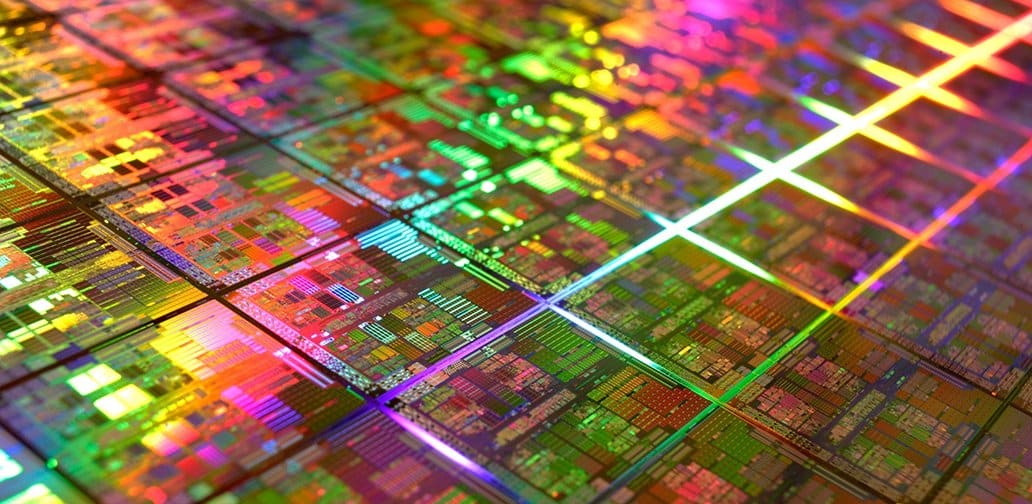
Memory helps devices run fast and smooth. Learn how new tech fixes errors, keeps data safe, and why better memory makes your gadgets work smarter every day.
Memory modules are very important for computers and they define their performance. The memory modules are capable of storing and processing data which helps in execution of tasks, running applications, and much more. In general, having more RAM means better performance, and this performance latency increases as a user performs several activities or works within a software environment with a significant amount of data loaded in memory. Each device utilizes the same name for a component in memory—desktop computers will use a DIMM while laptops will use a SODIMM, and then there was also RIMMs, which is now obsolete. Adding memory will increase the system’s responsiveness and speed, but it must comply with the new memory module requirements and also comply with the system requirements.
“DDR RAM and LPDDR are some subclasses of RAM. In these types the program runs while flash stores it. For data range of SD cards, micro SD cards, eMMC and loads of other options are preferred,” said Kishore Narang, Principal Design Strategist & Architect, Narnix Technolabs Pvt. Ltd.
With the advance of technology comes the challenge of maintaining data integrity and system reliability. As the size of individual DRAM chips shrinks to below 10nm, these units become more susceptible to corrupting data due to internal errors and possible crashes. In order to aid in mitigating this problem, error correction codes have been integrated in the DDR4, DDR5, and LPDDR types of memory. These methods ensure proper error detection and correction within the chip during data transfer which guarantees consistent and stable functionality for a wide range of devices.
Beyond traditional computers, memory plays an expanding role in connected and embedded systems. The development of IoT makes it possible to automate processes in billions of devices ranging from sensors to smartphones thus requiring reliable and power-efficient memory. Meanwhile, solid state disks (SSDs) with advanced flash technologies are making their mark in the AI and high performance computing space, providing faster, scalable storage. These memory technology advancements are paving the way for more advanced capabilities in the consumer, industrial, and enterprises spaces.
Modern Memory Keeps Itself in Check
As DRAM shrinks to 10nm and below, errors increase, risking data corruption and crashes. Error correction is essential. Error Correction Code (ECC) detects and fixes small errors to ensure reliability.
Each new DDR generation boosts speed and capacity but raises single-bit error risks. DDR5 includes on-die ECC, adding 8 ECC bits per 128 data bits. The chip generates ECC on writes and checks it on reads, correcting single-bit errors automatically—improving reliability without burdening the system. For example, the Kingston KSM56E46BD8KM-32HA is a 32GB DDR5 memory module made for servers. It operates at a speed of 5600 MT/s and has built-in error correction (ECC) to correct minor data mistakes. It uses 20 small memory chips to store data. The module connects to the system through 288-pin DIMM, which helps ensure a good connection. It’s designed for stable, high-speed performance in systems that need reliable memory.

“Regarding error correction like ECC in DRAMs, this is usually handled in the software layer—through the OS, BIOS, or hardware abstraction layers—whether it’s Linux or another system. The software manages error correction in coordination with hardware,” Kishore added.
On-die ECC protects data inside the chip only. To protect data moving between CPU and memory, side-band ECC is used. DDR4 and DDR5 modules add 8 ECC bits to 64 data bits, creating 72-bit-wide modules common in enterprise servers.The Micron MTA8ATF1G64HZ-3G2R1 is an 8GB DDR4 260-pin SODIMM that offers a balance of performance and reliability for data center use.

In mobile and embedded LPDDR systems, side-band ECC is inefficient due to fixed 16-bit channels; extra ECC channels waste bandwidth and power. Instead, inline ECC embeds ECC data within the data stream, saving hardware and maintaining performance despite some overhead.
LPDDR5’s link ECC protects data during transfer across the memory channel. The controller and memory exchange ECC data with each transfer to correct single-bit errors in transit. Link ECC doesn’t protect stored data, so it’s combined with inline ECC for full coverage.
Together, on-die, side-band, inline, and link ECC form a layered defense that maintains data integrity while scaling performance. In compact, low-power systems like industrial embedded devices, the Micron MT4KTF25664HZ-1G9P1 2GB DDR3L 204-pin SODIMM provides reliable performance where space and energy use must be minimal.
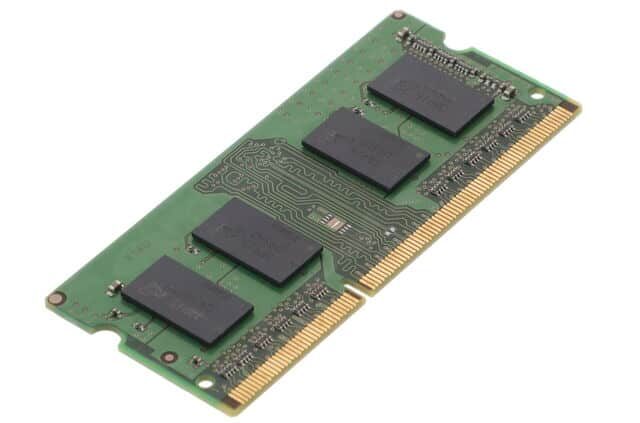
Memory Made for Industrial Use
Flash memory is prevalent in embedded and industrial applications, so it is crucial to make the right decisions regarding types and packaging. Industrial environments can expose hardware to dust, moisture, chemicals, and mechanical loads. All of these can damage contacts and potentially render the system inoperative. Onboard controllers spread data across blocks to reduce wear and extend life, especially for high-write areas like logs or runtime data.
“In industrial environments, engineers must carefully handle how data is formatted and stored,” says Dharmendra. “Protocols like USB or serial interfaces require precise packet and token handling to ensure data integrity when writing and retrieving memory.” Dharmendra Kumar, Founder, EdgeSiTech.
eMMC (embedded MultiMediaCard) is popular in embedded systems. Though consumer-focused, its compact size and built-in controller suit industrial use. JEDEC BGA packages (100, 153, or 169 solder balls) ensure strong connections and shock resistance. eMMC is used in industrial controls and transportation.
“EMMC is an emerging focus area, especially for handheld and IoT devices, where we can innovate on storage capacity, speed, and protocol support,” Dharmendra remarks.
Industrial and enterprise SSDs require low latency, durability, and strong error correction, beyond just speed. Enterprise SSDs undergo tests for power-loss protection and data integrity, including Read Disturb and Write Amplification Index (WAI) tests—lower WAI means less wear and longer life.
Robust industrial SSDs are ready for harsh environments, including very wide temperature variance ratings, shock, and vibration resistance and extra rugged enclosures. These SSDs have high-speed interfaces and optimized firmware to accommodate real-time tasks within an automation, networking, or medical device context. For example, the TDK SDE1B032GTKDWBA0ESA0 is a 32GB 2.5″ SATA III SSD with pSLC NAND flash that runs on 5V power and delivers reliable performance in industrial automation and computing.
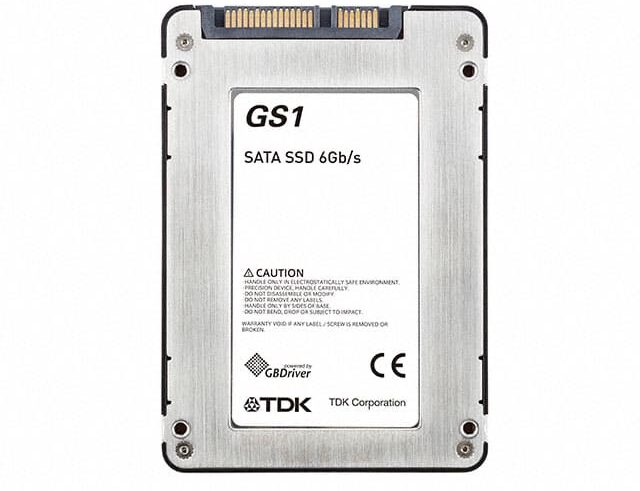
Memory cards also serve industrial embedded devices. The Swissbit SFCA032GH2AD4TO-I-GS-246-STD is a 32GB CFast memory card made for tough industrial use. It stores data reliably even in harsh places like factory floors. It uses MLC flash and a SATA connection to give fast and stable performance in machines and embedded systems.
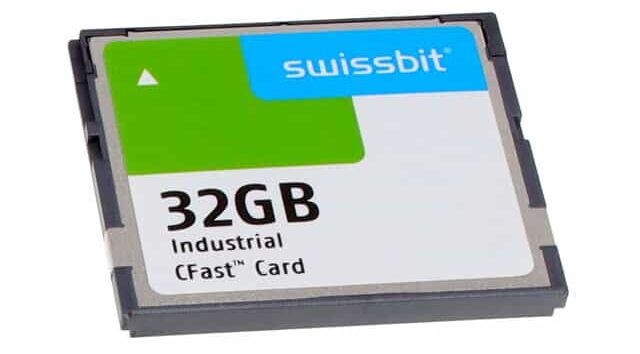
The Swissbit SFSD016GN1PT1TB-I-5E-02P-SW8 is a 16GB industrial-grade SD card using pSLC memory technology, designed for reliable boot and log storage in remote monitoring and control systems. It also includes built-in security features like data encryption, secure boot, and access control. These features help protect important files, block copying, and keep systems safe, making it a good choice for storing software, settings, or AI models in secure and demanding environments.
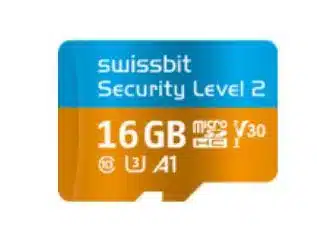
Industrial DRAM modules, available as DIMM and SO-DIMM, handle fast data access, multitasking, temperature extremes, and vibration while maintaining stability. 3D NAND Flash improves storage for data-heavy tasks in transportation, industrial IoT, and cloud infrastructure.
Embedded Storage That Fits Every Need
Even if faster Universal Flash Storage (UFS) is available for embedded systems, embedded MultiMedia Cards (eMMCs) and Secure Digital (SD) Cards are still reliable options. Their service and its market space are easy, have long life expectancy, and are commonly found in the market; thus, it is suitable for mission-critical, long-life projects.
Both use NAND flash memory with built-in controllers, which means both eMMC and SD Cards are managed NAND devices; albeit they have their difference in design and function. eMMC is soldered directly onto the PCB, meaning it cannot be removed and it fits a fixed storage of records securely where data can be reliably stored. SD cards are removable and swappable, ideal when memory needs updating, transfer, or replacement during a device’s life.
The Kingston OTM8S1S31024Q-B00 1TB M.2 SATA III SSD is a compact, high-capacity storage drive made for use in small, space-limited devices. Its small size and large storage make it a good fit for smart appliances, advanced IoT systems, and industrial gateways that need fast, dependable storage without moving parts.

Since eMMC utilizes an 8-bit parallel bus, it generally provides better sequential (and random) read and write speeds than SD cards. It is typically used in smartphones, tablets, laptops, and embedded forms where speed, efficiency, and ruggedness are required. eMMC variants have been ruggedized, have made their way into automotive and industrial applications due to their performance and lifespan and can endure harsh environmental conditions.
SD and microSD cards excel where removable storage adds value—logging data, firmware updates, or quick backups. The TDK SHT2A008GKPAWA00ESA0 is an 8GB SATA SSD made for industrial use. This controller helps the SSD work fast, protects data during power loss, and keeps it safe from damage. As 3D flash memory becomes more common, this SSD offers both high performance and strong reliability for machines and equipment used in tough environments.
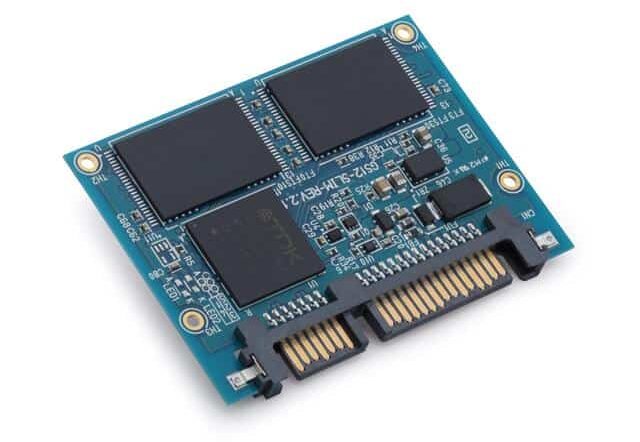
SD cards vary by performance class and specs, allowing tailoring to many applications. High-speed SD cards can match eMMC speeds in some cases and support flexible interfaces like standard SD, SPI, and ultra-high-speed modes.
Capacity is another factor. While eMMC typically maxes at 512GB, cards like the 1TB Kingston eMMC show growing embedded storage potential. SD cards can reach up to 2TB, enabling extensive removable storage, useful in media-heavy uses.
Speed Meets Endurance
Pseudo-SLC (pSLC), utilizes MLC or TLC flash to store only one bit per cell using firmware. Therefore, pSLC production and reliability can be close to that of SLC while costing less and having higher capacity. pSLC is excellent for workloads where writing takes up a large majority of the work, e.g. cameras and machine learning, and will last tens of thousands of program/erase cycles and handle high temperatures. Some SSDs include pSLC partitions for better lifespan and performance.
Not all SSDs have equal endurance. Choosing drives based only on cost or speed can cause failures under heavy or harsh use. Server processors now have many more cores, but memory bandwidth lags behind. DDR5 memory solutions remedy this with speeds ranging from 4.8 to 8.4 GT/s—faster than DDR4 by over 50%—giving increased bandwidth per core while providing even more capacity, critical for data-hungry workloads in upcoming applications: AI, 5G and IoT.
DDR5 changes compatibility. Registered DIMMs (RDIMMs) and Unbuffered DIMMs (UDIMMs) have different pin layouts and are not interchangeable. Supported by modern servers, DDR5 ECC RDIMMs are designed for error correction and reliability issues.
Server memory comes in three types: UDIMM, RDIMM, and Load Reduced DIMM (LRDIMM). UDIMMs send signals directly to memory chips, limiting capacity and speed. RDIMMs buffer commands and addresses, improving signal integrity and allowing higher capacities. LRDIMMs buffer data signals, reducing electrical load and enabling larger capacity with lower power.
Modern computing demands rapid advancements in memory technology, from industrial and cloud systems to personal devices. With systems evolving in areas such as AI, IoT, and automation, the speed, dependability, and versatility of memory requirements changes. Performance, durability, and efficiency are specifically addressed through ECC DRAM, industrial grade flash, and other embedded storages like eMMC and microSD. Both the flash storage and the advanced memory modules ensure the system stability and data integrity in various settings. Some new standards like pSLC flash and DDR5 attract users, memory will continue to be a key enabler of next-generation computing.








